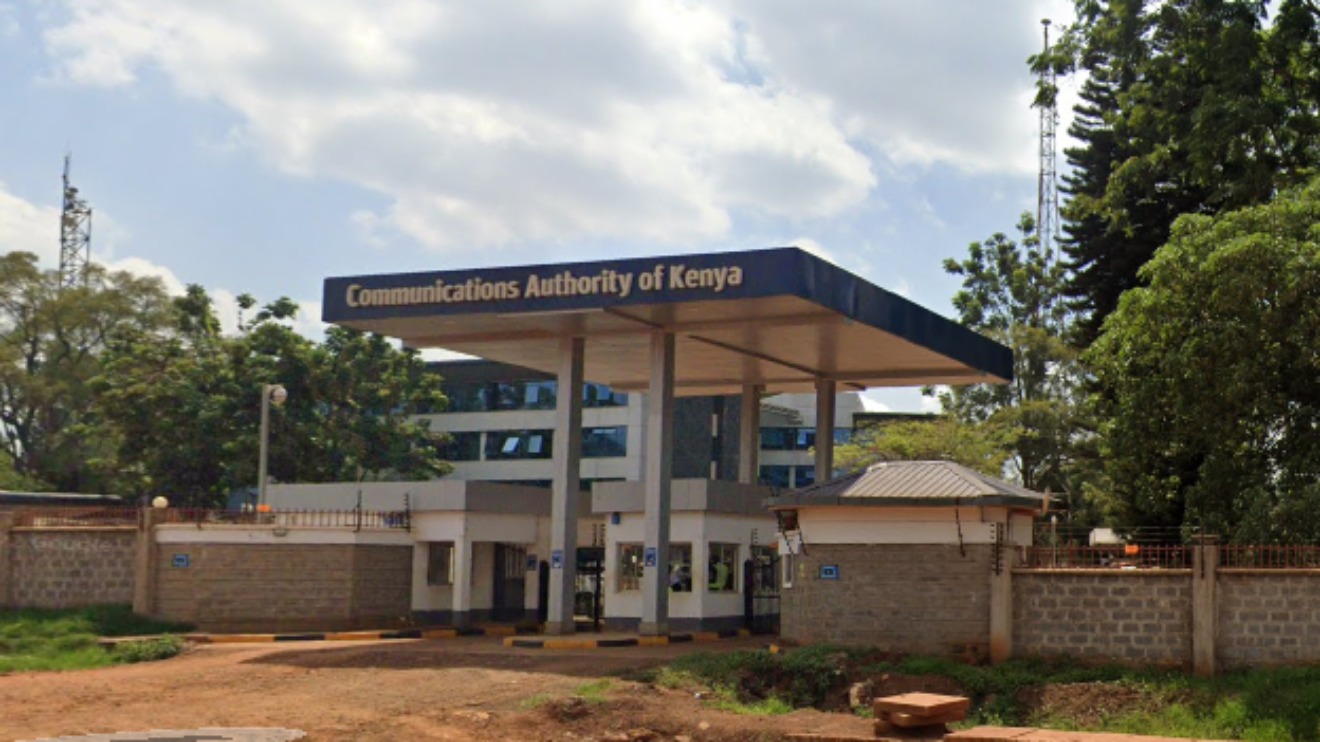Stanbic Bank Kenya, the cornerstone subsidiary of Stanbic Holdings on the Nairobi Securities Exchange, witnessed a significant decline in its operating income despite posting a 2.7 per cent increase in net profit from Sh3.8 billion to Sh3.9 billion for the first quarter of 2024.
This seemingly positive growth masks a challenging income environment for the bank.
The crux of the issue lies in an 8.2 per cent fall in Stanbic's total operating income, dropping to Sh10.2 billion from Sh11.1 billion in the same period last year.
This decline can be largely attributed to a sharp decrease in foreign exchange trading income, a sector that had previously benefited from local currency volatility.
Foreign exchange trading income plummeted by 34.8 per cent to Sh3.7 billion, with forex trading itself experiencing a staggering 45 per cent drop.
Read More
This shift reflects the reduced volatility of the local currency and current difficulties in accessing dollars, impacting lenders' balance sheets that had reaped windfalls in recent years.
While Stanbic faced these setbacks, the bank did manage to achieve some positive developments.
Notably, net interest income exhibited an 18.5 per cent increase, reaching Sh6.4 billion in the quarter.
This growth stemmed from higher earnings on loans, fueled by the recent upward revision of interest rates and the implementation of risk-based pricing.
Interest from loans and advances rose significantly to Sh9.2 billion compared to Sh6 billion the previous year.
However, these gains were partially offset by a substantial rise in interest expenses on customer deposits.
Stanbic saw a concerning 172 per cent increase in these expenses, with payouts to depositors reaching Sh4.9 billion from a mere Sh1.8 billion previously.
This surge pushed the bank's total interest expenses up by a significant 133 per cent to Sh5.6 billion.
A bright spot emerged in the form of a decrease in non-interest-related expenses.
These costs fell by a welcome 16.1 per cent to Sh4.7 billion, offering some relief in the face of the income decline.
Furthermore, the bank maintained its loan loss provisioning costs at Sh1.1 billion, reflecting a positive trend as gross non-performing loans improved by 17.2 per cent, dropping to Sh24.2 billion from Sh29.2 billion a year ago.
Stanbic Bank Kenya's first-quarter performance highlights the bank's ability to navigate a challenging income environment.
While the decline in operating income presents a cause for concern, the bank's efforts to control non-interest expenses and capitalize on increased loan interest rates demonstrate its resilience in achieving profit growth.

 (1)-1691667756.jpg)







